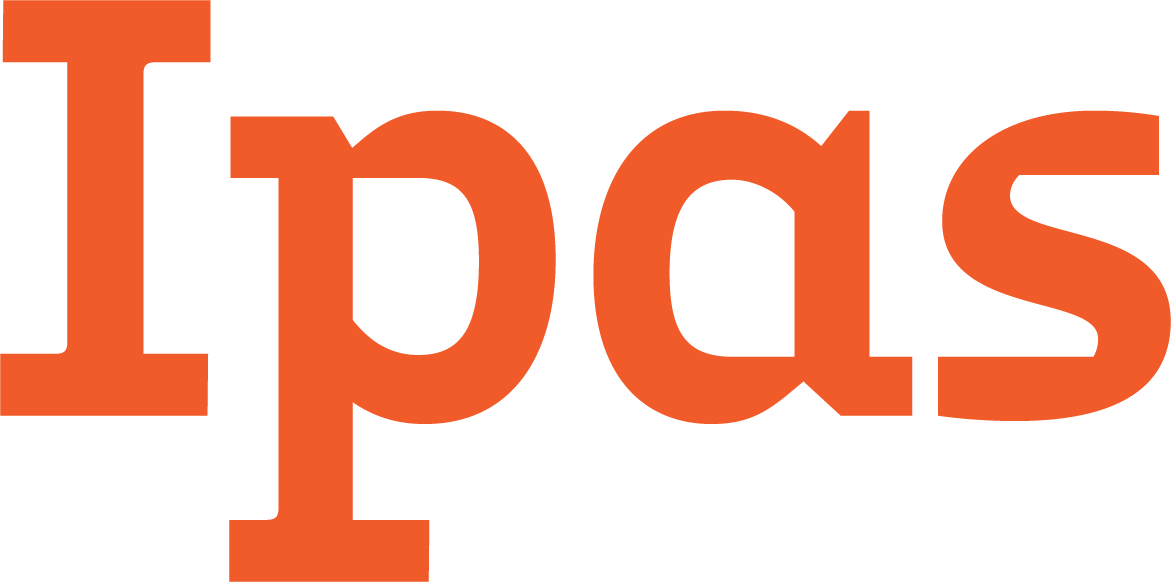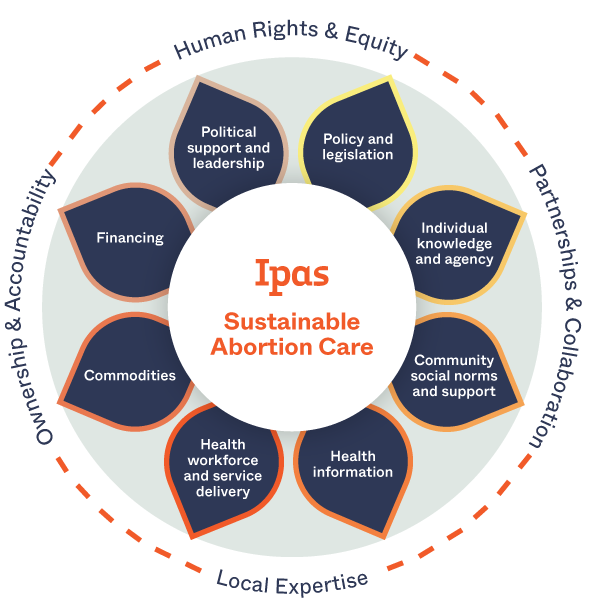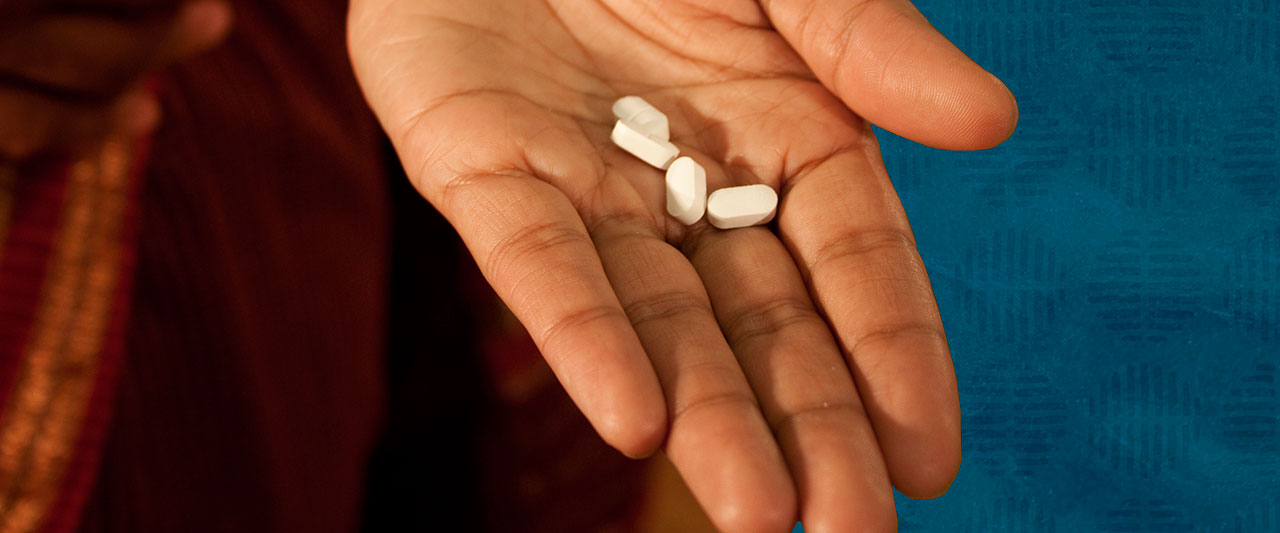In India, an estimated 15.6 million abortions occur each year—and out of those, about 12 million (73%) are medical abortions (or abortion with pills) that women experience in places other than health facilities.
“The reason for this is a combination of awareness, stigma and issues with access,” says Vinoj Manning, Chief Executive Officer of Ipas Development Foundation (IDF). “Despite 50 years of legal abortion in India, only half of Indian women know that abortion is legal. And less than 2% know that abortion is legal up to 20 weeks.”
Another factor is stigma, which can prevent women and families from seeking information and care at a health facility. Plus, there is a shortage of providers; only gynecologists and general practitioners with special training can provide abortion care, and most are based in urban centers. In the state of Bihar, for example, nine in 10 women of reproductive age live in a rural area—but only slightly more than a quarter of facilities providing abortion services are in rural areas.
To better understand women’s experiences, in April 2019, IDF undertook a human-centered design project to learn what women need when it comes to self-managed abortion—when a woman takes pills (typically without a prescription) and manages the process on her own, at home or another place of her choosing. They worked with the design and innovation consultancy Quicksand, who interviewed self-users and potential users of medical abortion—plus their partners and relatives—and observed pharmacists, registered medical practitioners and accredited social health activists in Bihar to understand their contexts and challenges.
“One big finding was that women don’t need information on an ongoing basis,” says Manning. “They need information just before—once they decide to terminate an unwanted pregnancy with medical abortion. They currently do not have access to correct and credible information.”
Another finding was that women often use Google to search for information; the ability to search by voice means that women who aren’t literate can also access information digitally. From these insights, Quicksand proposed a set of interventions, including printed cards, a WhatsApp chatbot, a YouTube channel and a digital helpline with information about medical abortion. The focus will be on creating accessible channels that can reach medical abortion self-users directly, with information presented in straightforward language. IDF will begin piloting a combination of the prototypes with communities in the next few months.
What do they hope to accomplish? In India, 80% of medical abortion pills are purchased by men, typically women’s partners. So “IDF will be trying to short-circuit the communication channel this is currently on”—pharmacists to men to women—”and reach women directly with credible information,” says Manning. IDF seeks to help make women’s experience with abortion self-care less difficult and stressful.
Working to support women who choose to self-manage their abortion is necessary and relevant. “In India, if you are not working with three quarters of the women [who are self-managing their abortions], not helping them with abortion services—you’re that much less relevant in meeting women’s needs,” Manning says.
For more information, contact [email protected].


